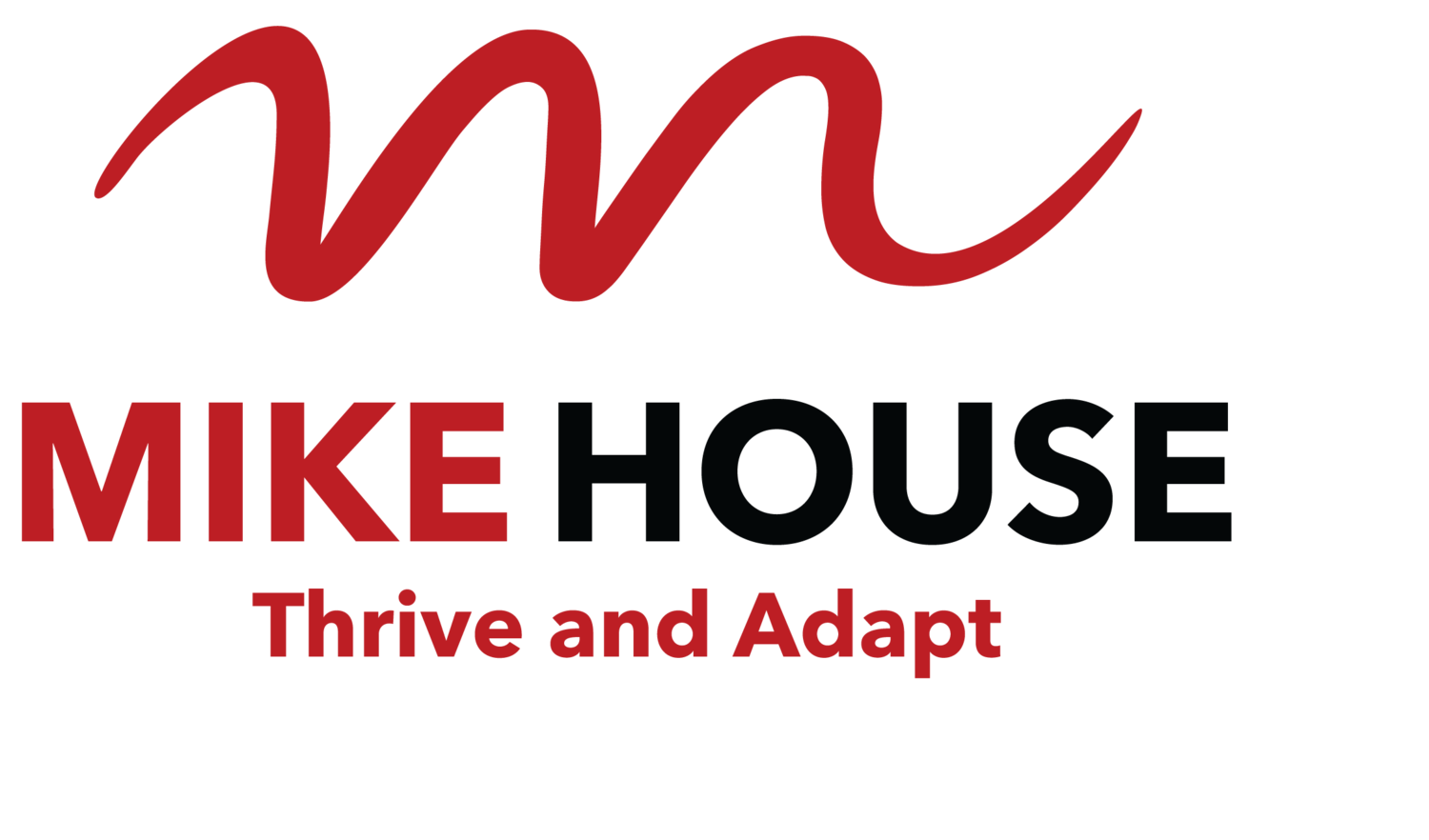Making it Right
/I showed the plumber a mishmash of 5 pipe connectors roughly glued together. I asked him what he thought it was. ‘Crappy Reticulation?’ was his best guess. Not even close! It was part of the main water connection to our house and no where near compliant with any standard past or present. The carpenters accidentally broke the pipe which was buried barely a hand span below ground.
The carpenters could have done a quick repair and hidden the issue, but instead pointed it out potentially saving major problems later.
The desire to do a high quality job outweighed fear of repercussions from admitting the damage and highlighting the substandard system. That’s an admirable attribute of the business owner. I’d also briefed him that I was expecting to find some hidden problems and wanted to rectify them while work was being done so he was not expecting a negative reaction for raising it. Combined with his preference of service over personal comfort, it's a perfect recipe for a great outcome.
People don't speak up when they feel there will be blow back. Sayings like ‘No one got fired for silence’ and ‘Better safe than sorry’ give clues about the challenges of creating an open environment in work places.
Have you ever maintained your silence even when you knew you should speak up? If so, what risks were you weighing up?
If you are a leader, how sure are you that people would be comfortable and willing to raise issues, suggest improvements or ask questions? If there are gaps, what risks do they cause?














